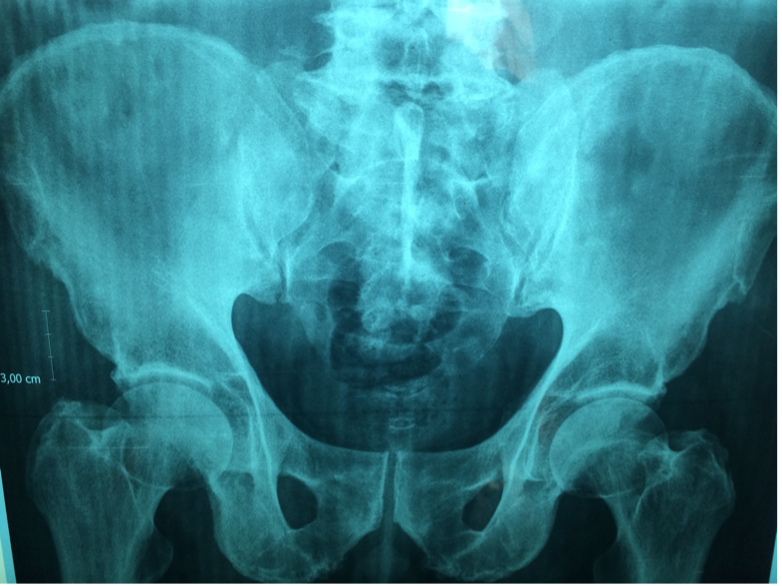DEXA Scan
Dual-energy X-ray absorptiometry (DEXA or DXA), or a bone mineral density scan, is a radiology test that uses X-rays to look at your bones and measure their density (or strength). Most often, the test is used to look at the bones in your spine and hips, and in some cases your wrist or forearm.
A DEXA scan is used to diagnose osteoporosis (bone loss). This test is often done in postmenopausal women as a screening test for osteoporosis or to look at bone health after a diagnosis or injury.
How do I prepare for a DEXA scan?
Wear comfortable clothes and shoes that are easy to change in and out of. You will likely be asked to change into a gown. You will need to take off any jewelry or metal objects that may affect the images.
If you take vitamins or calcium supplements, you may be asked not to take them for 24 hours before the scan. The amount of radiation you receive is small, but if you are pregnant, you should let your provider know.
What can I expect during the test?
The test takes 10 to 30 minutes. You won’t feel anything during the scan. You will lie on your back on a padded table. An X-ray scanner will pass over the area of your body where the bone density is being measured. You must hold still for the scan so the images aren’t blurry. You may be asked to hold your breath for a few seconds while the X-rays are turned on. If the test is being done on your finger, hand, forearm, or foot, it may be placed into a small device that takes images, or a portable scanner may be used.
Understanding my DEXA scan results
DEXA scan results can be given to you in more than one way. You will receive one or two scores:
- T score compares your bone density to a young healthy adult at the age when bones are at their strongest.
- T score of -1.0 or above is normal.
- T score between -1.0 and -2.5 is defined as low bone density.
- T score of -2.5 or lower is defined as osteoporosis.
- Z score compares your bone density to a normal score for a healthy person that is your same age, gender, body size, and ethnicity.
- Z score below -2.0 is when your bone density is lower than it should be for someone your age.
After the test, a radiologist will share the findings with your provider. Your provider will talk with you about your results and let you know if more tests are needed.
